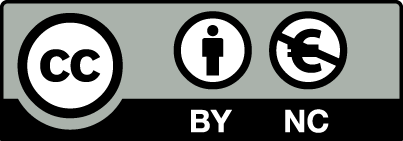Cycle-by-cycle variations in autonomous and spark assisted homogeneous charge compression ignition combustion of stoichiometric air-fuel mixture
Artykuł w czasopiśmie
MNiSW
20
Lista A
| Status: | |
| Autorzy: | Hunicz Jacek |
| Dyscypliny: | |
| Aby zobaczyć szczegóły należy się zalogować. | |
| Rok wydania: | 2018 |
| Wersja dokumentu: | Drukowana | Elektroniczna |
| Język: | angielski |
| Numer czasopisma: | 3 |
| Wolumen/Tom: | 10 |
| Strony: | 231 - 243 |
| Web of Science® Times Cited: | 8 |
| Scopus® Cytowania: | 9 |
| Bazy: | Web of Science | Scopus |
| Efekt badań statutowych | NIE |
| Materiał konferencyjny: | NIE |
| Publikacja OA: | TAK |
| Licencja: | |
| Sposób udostępnienia: | Otwarte czasopismo |
| Wersja tekstu: | Ostateczna wersja opublikowana |
| Czas opublikowania: | W momencie opublikowania |
| Data opublikowania w OA: | 16 marca 2018 |
| Abstrakty: | angielski |
| This study investigates cycle-by-cycle variations in a gasoline fuelled, homogeneous charge compression ignition (HCCI) engine with internal exhaust gas recirculation. In order to study the effects of exhaust-fuel reactions occurring prior to the main combustion event fuel was injected directly into the cylinder at two selected timings during the negative valve overlap period. The engine was operated as both autonomous HCCI and spark assisted HCCI (SA-HCCI). The primary interest in this work was the operating region where the engine is switched between HCCI and spark ignition modes, thus operation with stoichiometric air-fuel mixture, which is typical for this region, was considered. Cycle-by-cycle variations in both combustion timing and indicated mean effective pressure (IMEP) were investigated. It was found that long-period oscillations of the IMEP occur when fuel injection is started at early stages of the negative valve overlap period, and that these can be suppressed by delaying the start of injection. This behaviour remained even when fuel injection was split into early and late-negative valve overlap injections. Spark assisted operation allowed eliminating late combustion cycles, thus improving thermal efficiency. However, characteristic patterns of IMEP variations were found to be the same for both HCCI and SA-HCCI operations, irrespective of the adopted negative valve overlap fuel injection strategy, as evidenced by using symbol-sequence statistics. |

